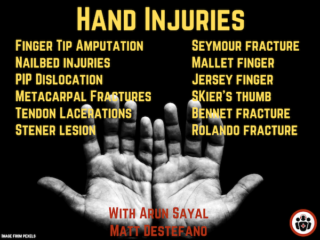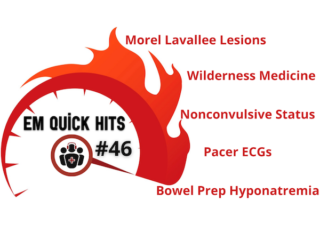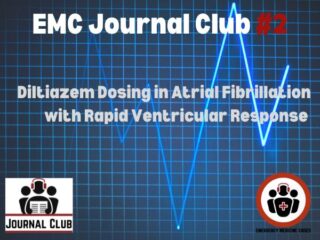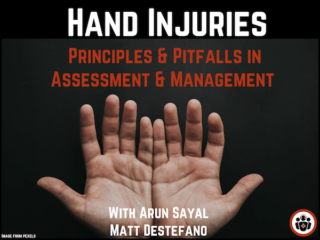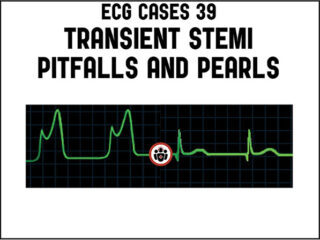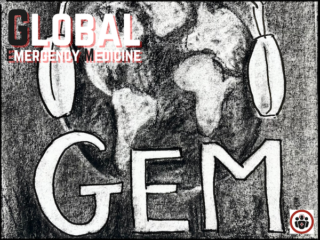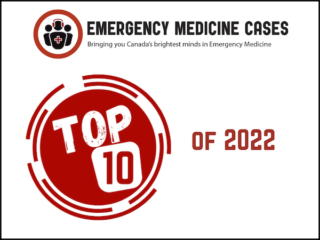Ep 179 Hand Injuries – Finger Tip Injuries, Jersey Finger, PIP Dislocations, Metacarpal Fractures, Thumb Injuries, Tendon Lacerations
ED recognition and management of some commonly missed or mismanaged hand inuries including finger tip avulsions and amputations, nailbed injuries, PIP dislocations, metacarpal fractures, hand tendon lacerations, Stener lesions, Seymour fractures, mallet fingers, jersey fingers, skier's thumb, Bennet fractures and Rolando fractures with masters Dr. Arun Sayal and Dr. Matt Distefano...

